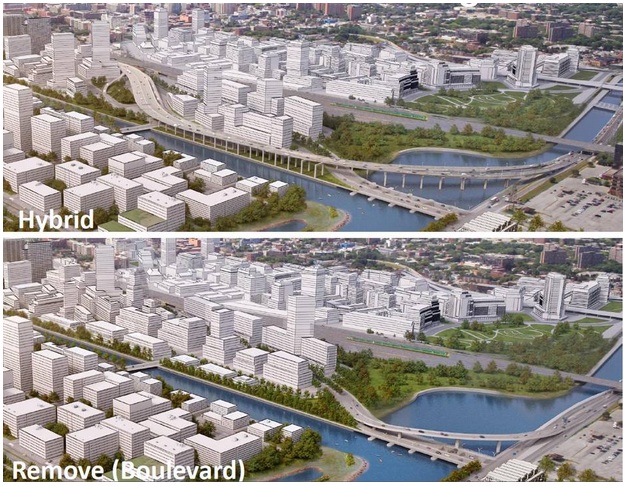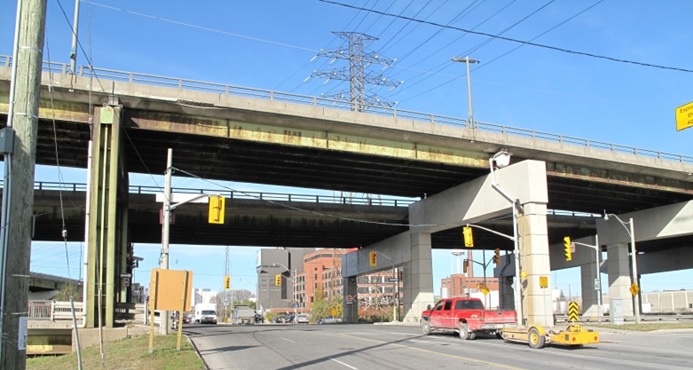
Toronto is facing a critical decision about the aging elevated Gardiner East Expressway. Will Canada's largest city go ahead with the plan to replace the one-mile-long concrete relic with a surface boulevard and walkable development? Or will it cling to yesterday's infrastructure?

The debate has been heating up ahead of a key City Council meeting next week.
A poll released Monday showed a plurality of Toronto residents prefer tearing down the Gardiner to rebuilding it. Among respondents, 45 percent supported the teardown, compared to 33 percent who favored rebuilding. The remaining respondents didn't know enough to answer or didn't like either option.
Meanwhile, Toronto Mayor John Tory this week reiterated his opposition to the teardown, saying, "I didn’t get elected to make traffic worse, and let’s be clear, removing that piece of the Gardiner will almost certainly make traffic worse."
But just 3 percent of downtown Toronto workers commute on the Gardiner East. As teardown proponents have pointed out, the boulevard option doesn't reduce traffic capacity compared to the rebuilding option supported by Tory, and even the feared decline in driving speeds is likely overhyped, given everything we now know about how drivers adjust to new conditions.
Tearing down the 1.7 kilometer road and replacing it with a boulevard, meanwhile, will cost about half as much as the mayor's preferred "hybrid" proposal, which would rebuild the Gardiner East "with three of its support trusses/ramps slightly modified."
Among the coalition supporting the teardown is the city's chief planning official, Jennifer Keesmaat, who said it would allow the city to build connected "complete communities" within walking distance of downtown.
Part of the Gardiner was demolished in 2001 and replaced with a boulevard -- and somehow Toronto managed to avoid grinding to a halt.





